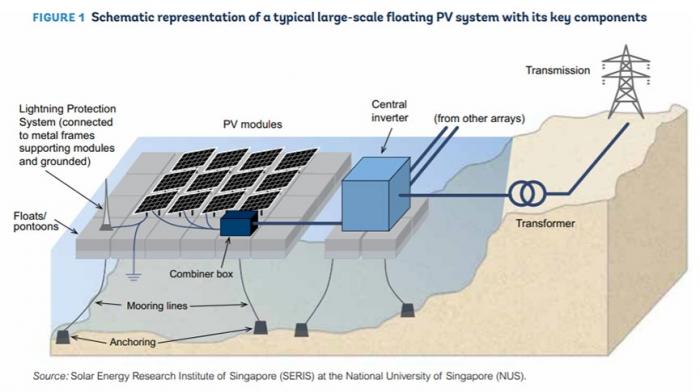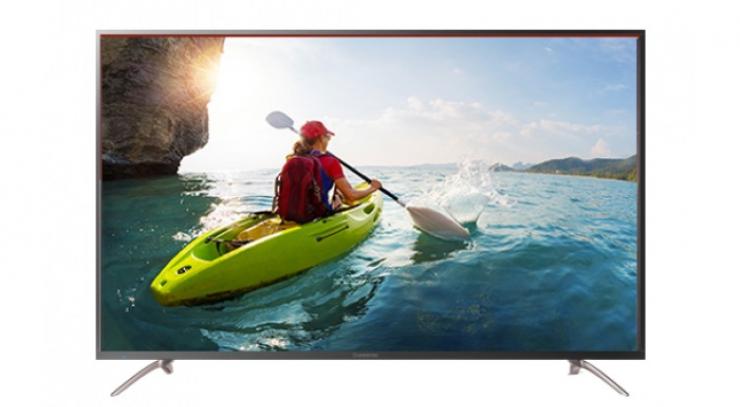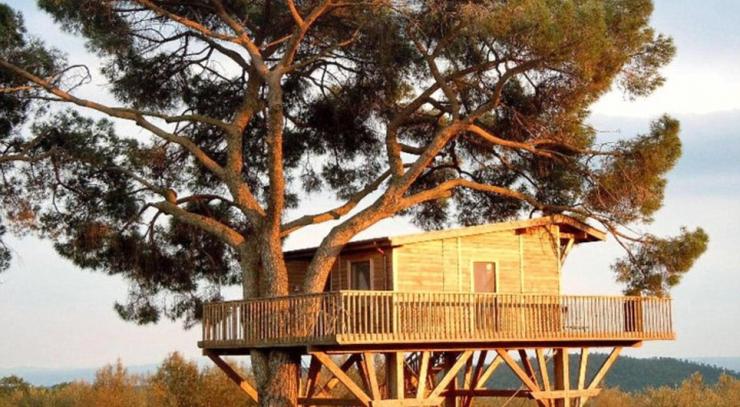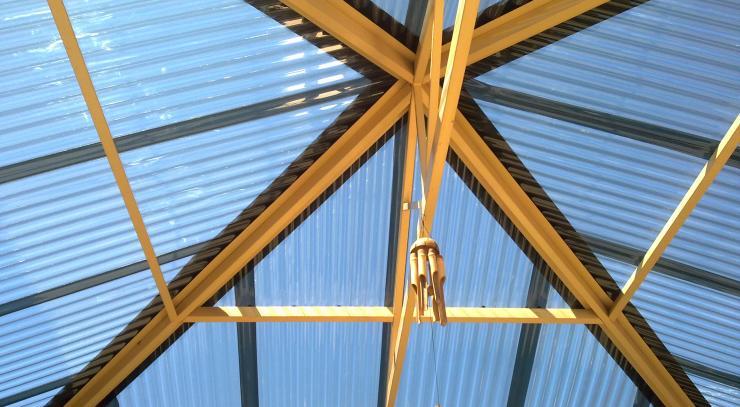Solar power has emerged as a feasible and sustainable opportunity for traditional power resources. As the world strives to lessen its carbon footprint and transition towards easy strength, revolutionary answers which include floating PV system have received extensive attention. This article explores the idea of key phrases floating PV systems, highlighting their benefits, packages, and their capacity contribution to a greener future.
The Game-Changing Technology of Floating PV Systems
Floating PV structures, a distinctly new era, make use of the untapped ability of water in our bodies such as reservoirs, lakes, and even the ocean. By remodeling those spaces into solar electricity generation stations, floating PV systems offer numerous benefits over traditional sun panel installations.
Advantages of Floating PV Systems
1. Space Efficiency: The constrained availability of land in densely populated areas often poses an undertaking for traditional sun power installations. Floating PV structures address this obstacle using utilizing unused water surfaces, maximizing sun energy generation without occupying land sources.
2. Enhanced Energy Production: Floating PV structures have been validated to be more efficient than land-based installations due to their ability to certainly cool the photovoltaic modules. The cooling effect as a consequence of the water's proximity enables to keep the greatest temperature of the panels, growing their electricity manufacturing performance.
3. Improved Water Conservation: By protecting the floor of water bodies, floating PV systems reduce water evaporation, minimizing water loss and preserving this valuable aid. This extra advantage guarantees that floating PV structures not handiest generate renewable energy but additionally contribute to water conservation efforts.
4. Reduced Land Use Conflicts: Conflict arising from land use for solar installations, in particular in regions with competing interests, can avoid the adoption of sun strength. With floating PV structures, water bodies are applied without obstructing other land-associated activities, facilitating smoother integration into existing infrastructure.
Applications of Floating PV Systems
1. Renewable Energy Generation: Floating PV systems have vast applications, spanning from households to huge-scale strength generation facilities. They can be included in the present energy grid to deliver communities and industries with easy strength. For faraway regions or islands, floating PV structures provide an impartial strength supply, lowering their reliance on conventional fossil gas-based total mills.
2. Water Treatment Facilities: Reservoirs and water remedy flowers regularly require giant amounts of strength to operate. The installation of floating PV structures in those facilities no longer simplest reduces their carbon footprint but also generates power on websites, minimizing transmission losses and improving average sustainability.
3. Eco-Tourism and Recreation: Floating solar installations can serve twin purposes by using combining renewable electricity era with leisure areas. Tourism-driven areas, which include lakes and coastlines, can benefit from floating PV structures that generate sustainable power even attracting visitors with new recreational possibilities.
4. Climate Adaptation: As weather trade intensifies, regions affected by growing sea stages can repurpose full-size inland water bodies for floating PV installations, mitigating the effect of flooding even as simultaneously generating renewable electricity.
Components of Floating Solar System
PV modules: The actual solar panels capture and transmit solar energy, which is then converted into usable power.
Floaters: These are interconnected plastic rafts on which the solar panels are mounted. Anchors for mooring systems: These systems have solar panels floating on the water that provide a good support from the bottom of the water to the solar panels. Perpendicular to load anchors, drag anchors and suction anchors are our most common types. The mooring line of the mooring system: this is a line that links the panels the floaters on the solar panels to the anchor below. The mooring line's strength is determined by the weight of the solar panels that must be supported.
Combine box: The output of all the solar panels on the array is collected in the combined box and fed to the central inverter.Central inverter: The central inverter is a large component of the FPV that converts DC to AC for transmission.Transformer: The transformer reduces the power to allow for easier transmission.
Cabling: Cabling is the wiring that connects the solar panels, combine box, central inverter, and transformer.Transmission system: The transmission system is the inland connection line that transports power to where it is needed.Floating walkways: The inland access point for the solar panels. When the solar panels need to be serviced, this is critical
The Future of Floating Solar Farms
As the price of renewable energy continues to drop, the barriers to entry will also get lower. Current floating solar technology does necessitate a higher one-time installation cost. Nonetheless, when compared to its long-term effects on preventing energy leaks of up to 15%, at least during the solar panels' 25-year lifespan, floating solar is actually more cost-effective, and arguably has advantages over ground-based solar.
Solar power is becoming a more affordable, accessible, and efficient energy source, and we must find creative ways to adapt its production to meet the diverse needs of people and the planet. Floating solar is unlikely to replace large-scale utility generation or the growing trend of terrestrial solar farms in the near future. However, it's possible that they could play a crucial supplementary role, adding capacity where it currently lacks.













